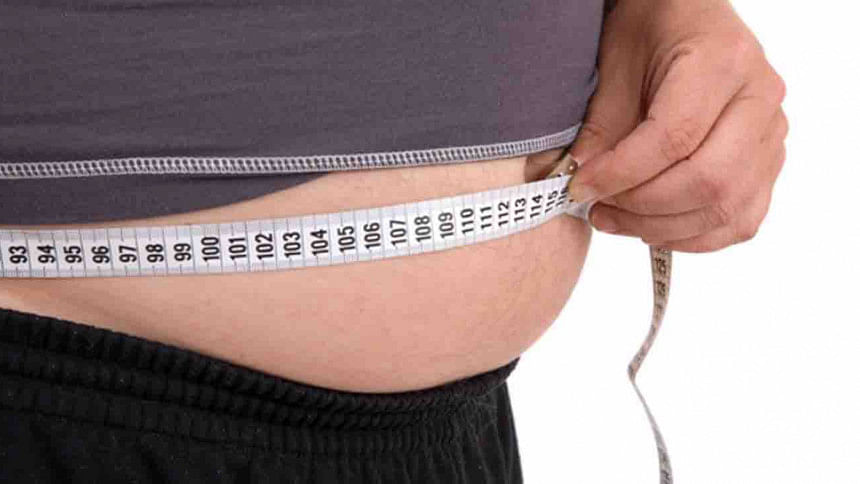The body fat that burns calories more quickly

White fat is the kind of fat we do not want – they tend to sit in deposits where we least want them. Then there's the other kind of fat, capable of melting away your calories and keep your blood levels in check.
According to a report by Time, this brown fat can be turned into a super-burner – the only catch is that it takes a lot to make the switch.
Researchers have known of this mysterious type of fat that can burn through calories and keep blood sugar levels in check for a long time. And while newborns tend to have more brown fat, the average adult has almost none –barely two ounces.
But recent studies now suggest that under the right conditions, brown fat can be triggered. On top of that, scientists, in a new paper reported that it's possible to turn all those white unwanted fat to brown fat or something that acts like brown fat, burning up more calories.
The Time article reported that researchers had already accomplished the feat in animals. But the latest study, published in the journal Cell Metabolism, is the first to describe the phenomenon in people. The research was conducted by Ladros Sidossis from the University of Texas Medical Branch at Galveston and his colleagues.
Before this scientists knew that cold temperatures could activate brown fat in healthy people. But the demonstration that the stress of the frigid exposure could transform white fat into brown fat is new. Sidossis decided to study brown fat stores in burn patients, speculating that it would take an extreme and continued stress on the body for that to happen.
As director of the metabolism unit at Shriners Hospitals for Children, he knew that burn injuries that cover more than 30% of the body caused the body's stress response to remain high for weeks.
Comparing white fat samples taken from the patients soon after their injury to those of healthy controls, he found markedly higher signs of a revved-up energy process in these cells that showed the white fat was acting more like brown fat. Confirming the finding further, when he compared the burn patients' white fat cells soon after their injury and then a month later, he found signs that the white fat had reverted back to its original state again as the patients began recovering and their stress response waned.
The important finding here is the fact that the study showed it's possible to make white fat burn more calories, something that could be the start of a new way of addressing obesity and diabetes. "The next step is to find the mechanism of how this is happening," he says. "Then we can find drugs that mimic this effect to turn white fat into a more metabolically active form to help normalize weight and blood sugar."
Scientists working with animals are already heading down that path; they've identified some 40 agents that might be useful in convincing white fat to work more efficiently. Now that there's evidence that the process does occur in people — albeit under extreme conditions — studying those substances further to see if they can accomplish the same transformation of white fat, without the stress, seems worthwhile.

 For all latest news, follow The Daily Star's Google News channel.
For all latest news, follow The Daily Star's Google News channel. 



Comments